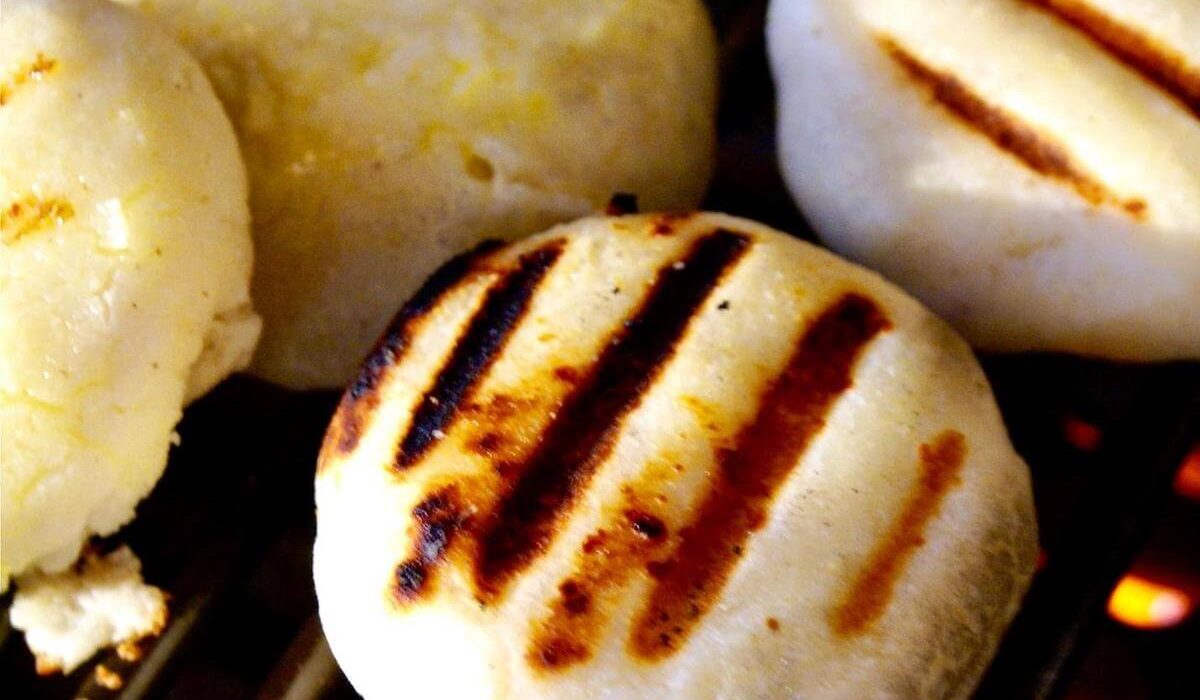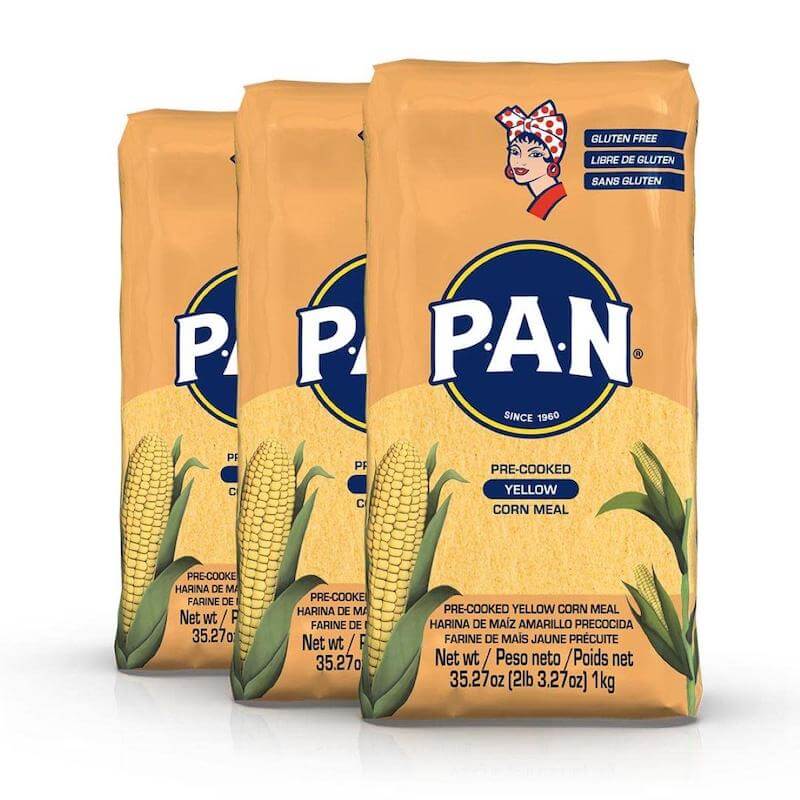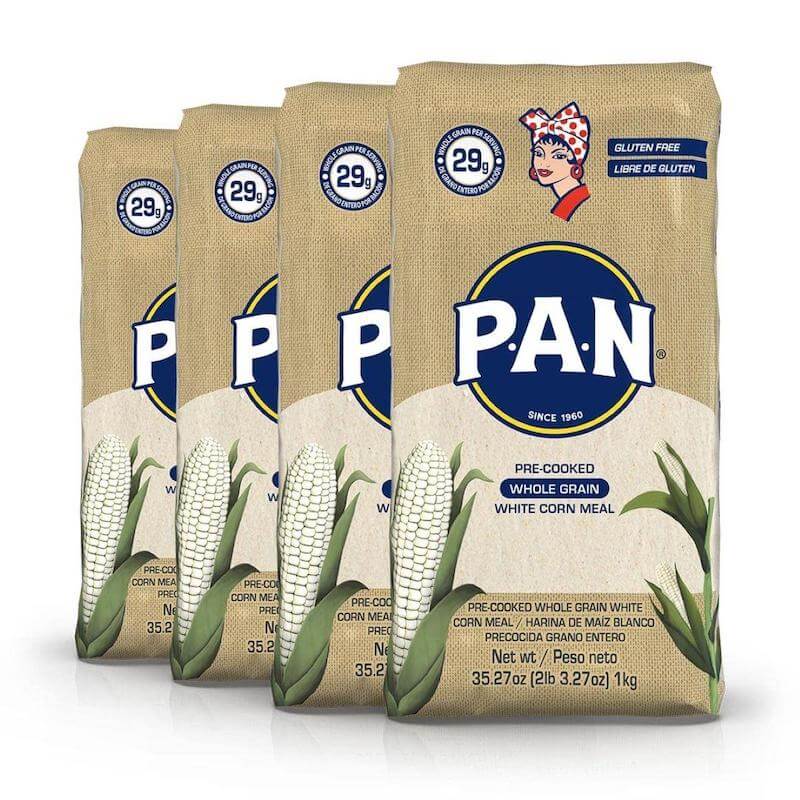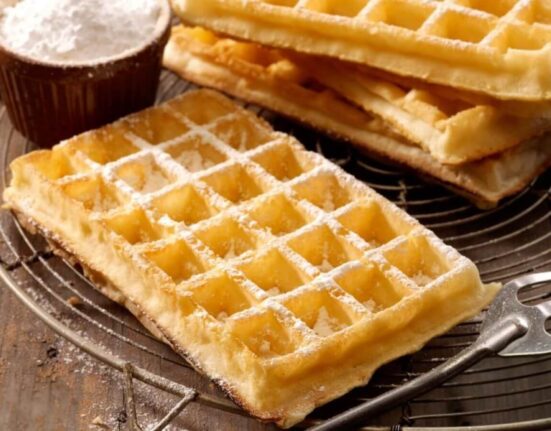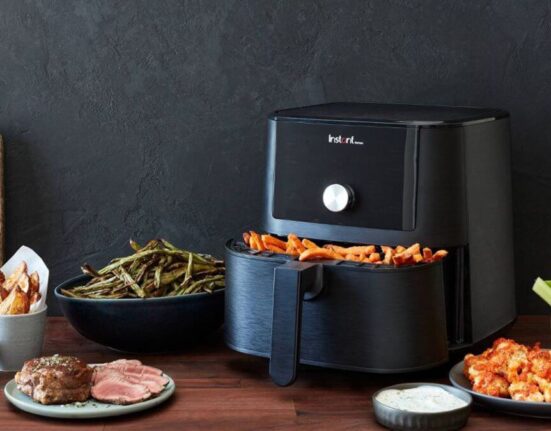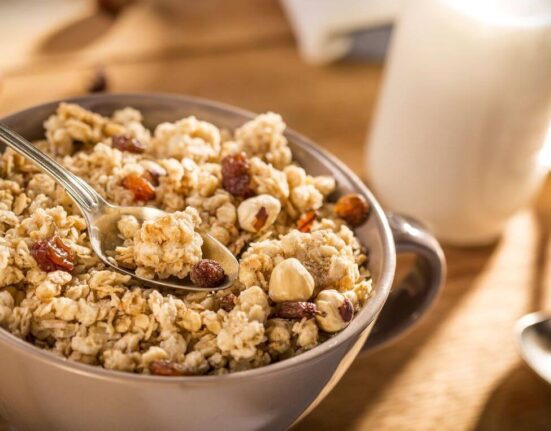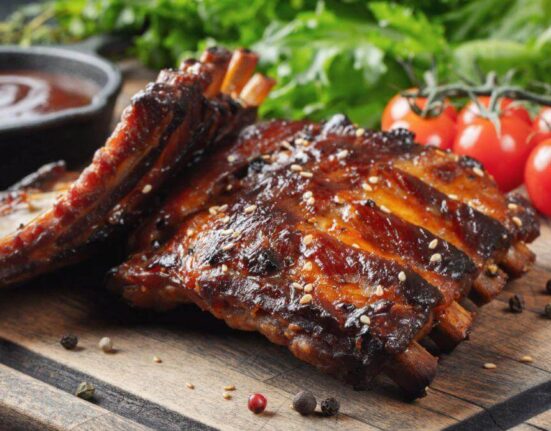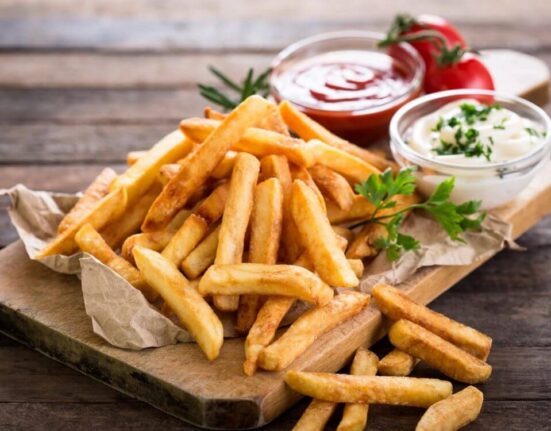Harina pan, or “bread flour” in English, is an integral part of Venezuelan cuisine and has been used for centuries by people from many different cultures.
This gluten-free milled maize flour is the foundation for some of the most traditional dishes in Venezuela, such as the famous arepa, which is cornmeal flatbread.
Harina Pan comes with a unique story. It was initially brought to South America by Spanish colonizers in order to feed indigenous populations and slaves.
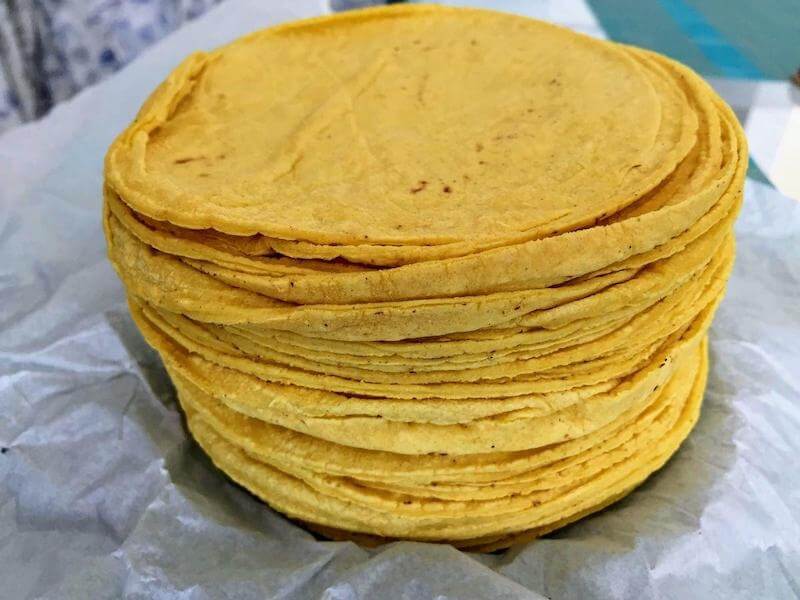
Despite the fact cornmeal was originally introduced to feed the slaves, local families still enjoy cooking with this type of flour because of its nutritional value and adaptability when making snacks and meals.
And those who want to make authentic South American corn flour recipes also turn to harina pan because they know it has been made for centuries the same way and that there is nothing unwanted added to or taken away from this pure ingredient.
Whether you’re interested in trying new traditional recipes like arepas or want a gluten-free alternative while baking cakes and cookies, the harina pan has plenty to offer!
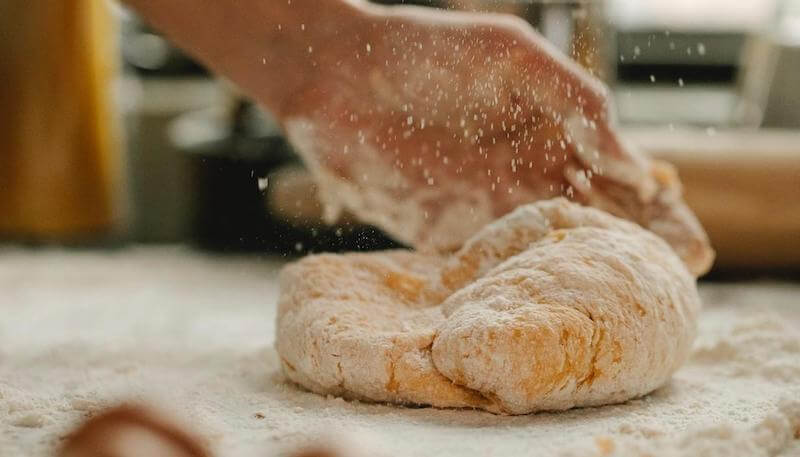
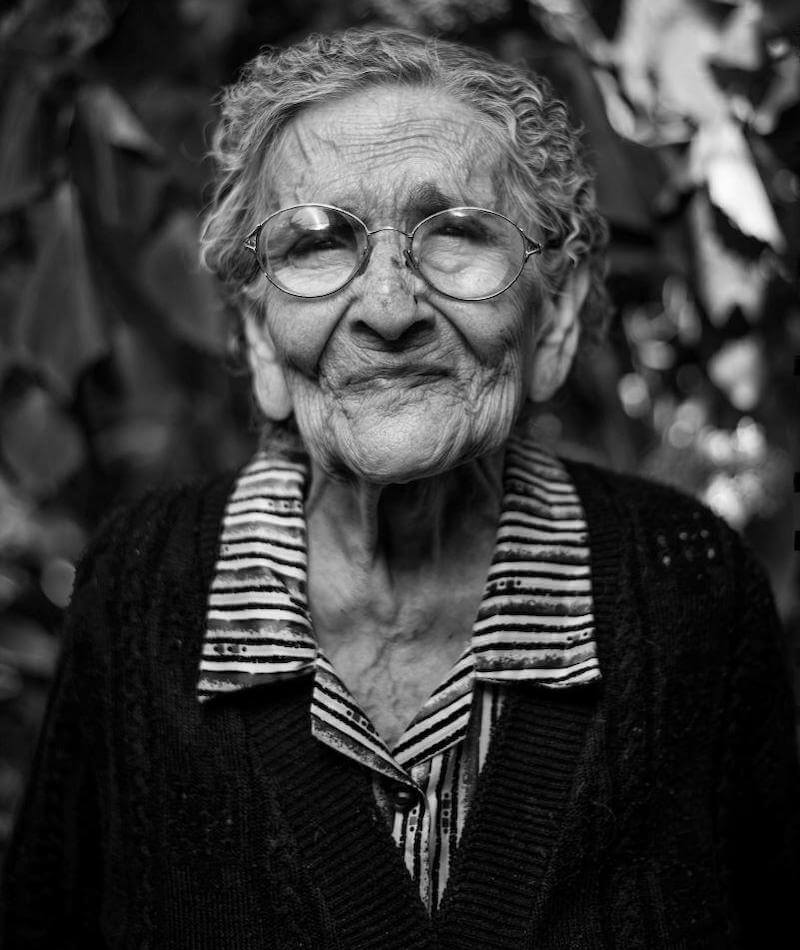
Expert advice on harina pan from Abuelita Maria
For this article, we had the pleasure of talking with Abuelita Maria from Merida, Venezuela about all things related to harina pan: its history, uses, benefits, and why she doesn’t stray from it in her kitchen. She has strict cultural standards!
What is harina pan according to those who know their way around a Venezuelan kitchen?
When Venezuelan chefs and grandmothers were asked about harina pan, there were many passionate responses about this staple in their kitchen pantries. All of them touched on the deep history of harina pan, and its incredible versatility and flavor.
Maria, a well-experienced cook and great-grandmother, excitedly answered this inquiry.
Her eyes lit up as I asked her to please tell me about harina pan and what she uses it for.
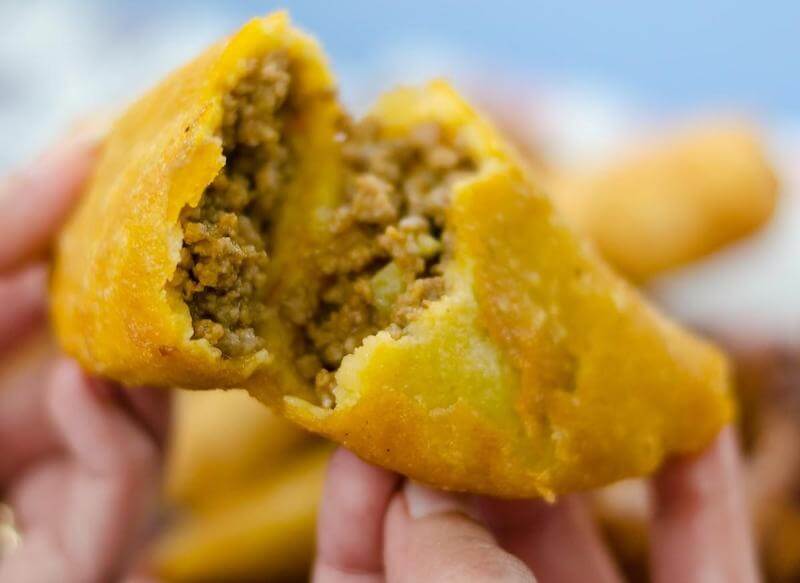
Harina pan is an incredible staple of Venezuelan cuisine that has been around for a very long time. It’s made with a special type of cornmeal, masarepa, which gives it a distinct flavor, texture, and color.
It also provides more nutrients than other types of wheat flour.”
Abuelita Maria showed me the fine texture of the cornmeal-based flour and then continued,
“I use harina pan in so many dishes: empanadas, arepas, cachapas, hallacas… the endless possibilities are one of the things I love most about the grain!
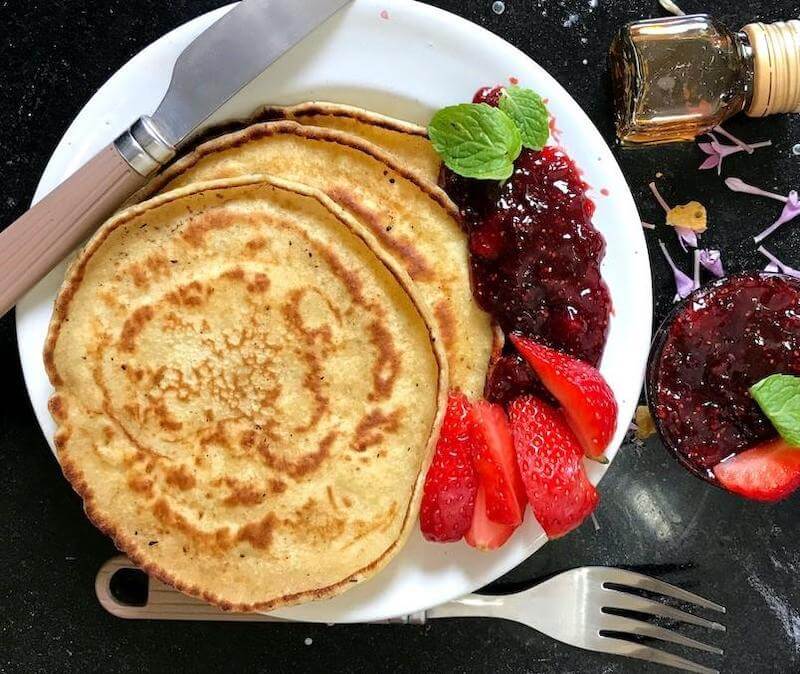
In my opinion, there’s nothing better than harina pan to complete a delicious Venezuelan dish. Just ask anyone from my hometown of Merida- You won’t find anything as flavorful or versatile as harina pan, so don’t mess around trying other flours if you want culturally authentic food, or your dish will not taste right to your family!”
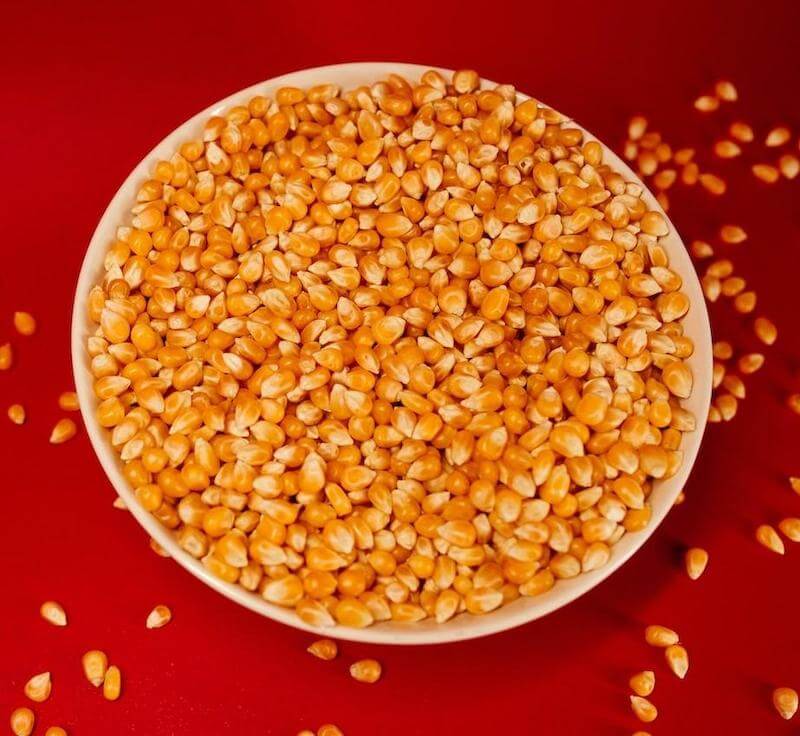
What are the 2 most popular kinds of harina pan to use for true Venezuelan classic dishes?
The most used kinds of harina pan to stay true to the culture is the yellow corn and the white corn varieties. It can be purchased easily online, or at major grocery stores.
P.A.N. Yellow Corn Meal
- Pre-cooked
- Gluten Free
- Kosher Flour
- 2.2 lbs
- Pack of 3
P.A.N. Whole Grain White Corn Meal
- Pre-cooked
- Gluten Free
- Kosher Flour
- 2.2 lb
- Pack of 4
The history of harina pan as told by Maria, Venezuelan Abuelita
For many centuries, harina pan has been the staple food of Venezuela. Originating in Africa, it was introduced to our vibrant land during colonialization to feed and nourish enslaved people with the little resources that were available, and its use quickly spread throughout the country.
Today, real harina pan, which is made with boiled maize flour as its only ingredient and nothing else, is one of our most beloved dishes!
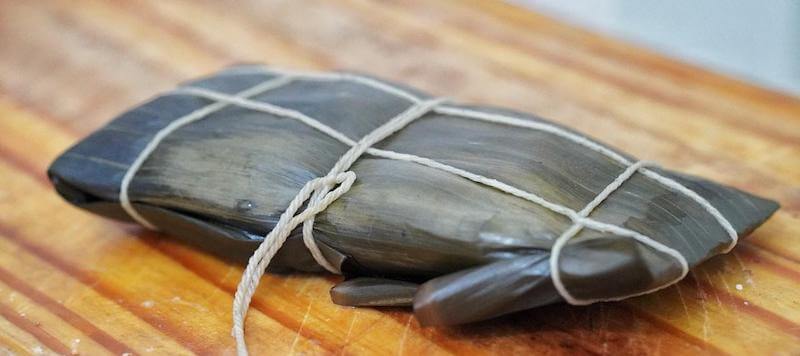
Hallacas are best described as a Venezuelan tamale wrapped in a leaf, filled with cornmeal, meat and other varieties. It is delicious with a lower sodium hot sauce!
This simple yet flavorful cooking technique is a reminder of our resilience, strength, and cultural traditions. It is a humble yet tasty tribute to the generations before us who faced difficult times but still managed to bring joy to their bellies with a plate of harina pan.
I am proud every time I cook it for my family, as from generation to generation we honor those who made it possible for us to enjoy this much-loved dish today! And don’t forget your favorite hot sauces with these dishes, they too are a delicious honored tradition in South American cooking!
Wheat flours had little influence on Venezuelan culinary culture.
Venezuelan food has a very special place in my heart, explains Abuelita Maria, and harina pan is a cornerstone of it. For centuries, Venezuelans have been relying on harina pan cornmeal to provide flavor and sustenance to their meals. As far back as the colonial era, corn was being used to produce this widely known grain-based ingredient.
While yet another colonial import came into play more recently, wheat, harina pan retained its superior place in Venezuelan cuisine due to its unique flavor.
It’s no surprise that today so many variations of dishes use this beloved Venezuelan staple, whether it’s cachapas, hallacas, or arepas.
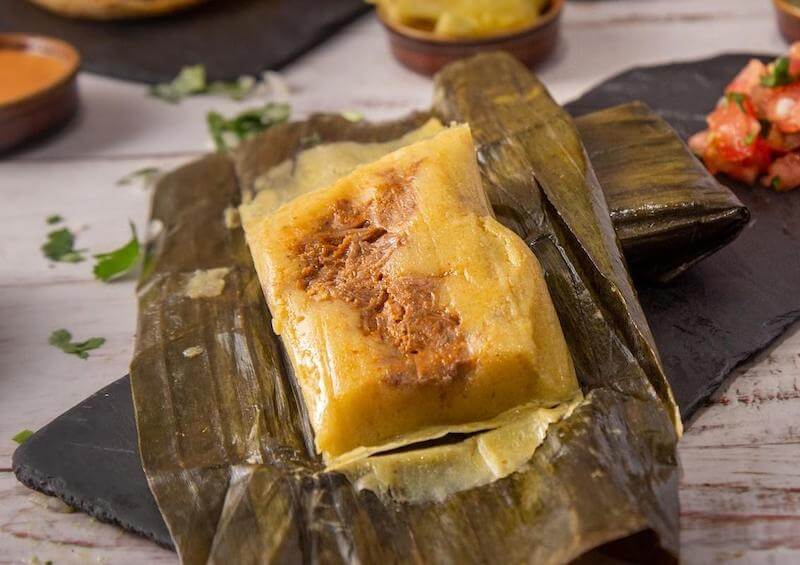
Harina pan provides the depth of flavor we just can’t seem to replicate with other types of grains or flour. A passion for this special ingredient drives me every time I step into a kitchen—I love exploring new takes on traditional harina pan recipes!
A sauce that goes well with harina pan dishes is morita sauce, have you had that?! Wow!
4 reasons why Venezuelan grandmothers make harina pan a staple in their kitchen pantries
- Harina pan is a staple in many Venezuelan kitchens because it is very versatile and can be used to make a variety of dishes, including arepas, empanadas, and pancakes.
- Harina pan is also relatively inexpensive, which makes it a good option for families on a budget.
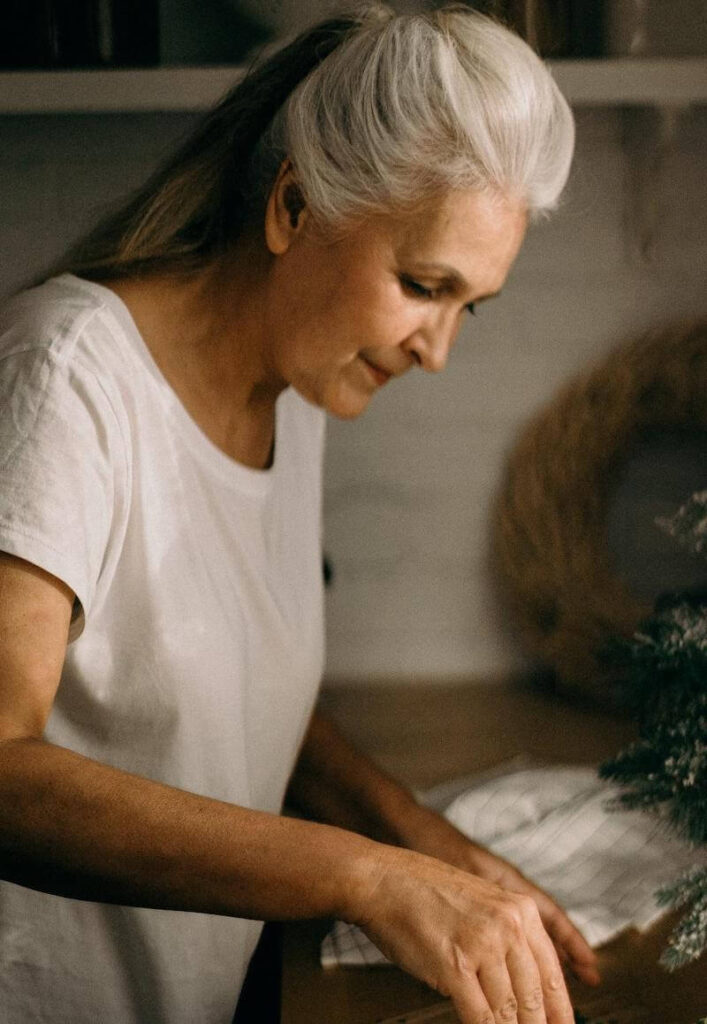
- Venezuelan grandmothers often make harina pan a staple in their kitchen because it is a nutritious food that can help keep their grandchildren healthy.
- Venezuelan grandmothers often view cooking as a way to show their love for their families, and they believe that dishes made with harina pan are especially delicious and nutritious.
Concluding thoughts on harina pan
And for these reasons, it is easy to see why harina pan has enjoyed such loyalty in the cultural kitchens of Venezuela and South America. It is also widely consumed in many other countries, where those who grew up loving harina pan dishes brought it with them.
We hope you found the information in this article to be helpful and that you make lots of delicious harina pan recipes from this day forward!
More from thewellthieone.com
The links used on thewellthieone.com are affiliate links, which may provide a small commission. This does not increase the price of the goods for the consumer whatsoever. What it does is ensure that useful content like this can continue to be produced. Thank-you for enjoying our content and allowing us to continue to provide more.

